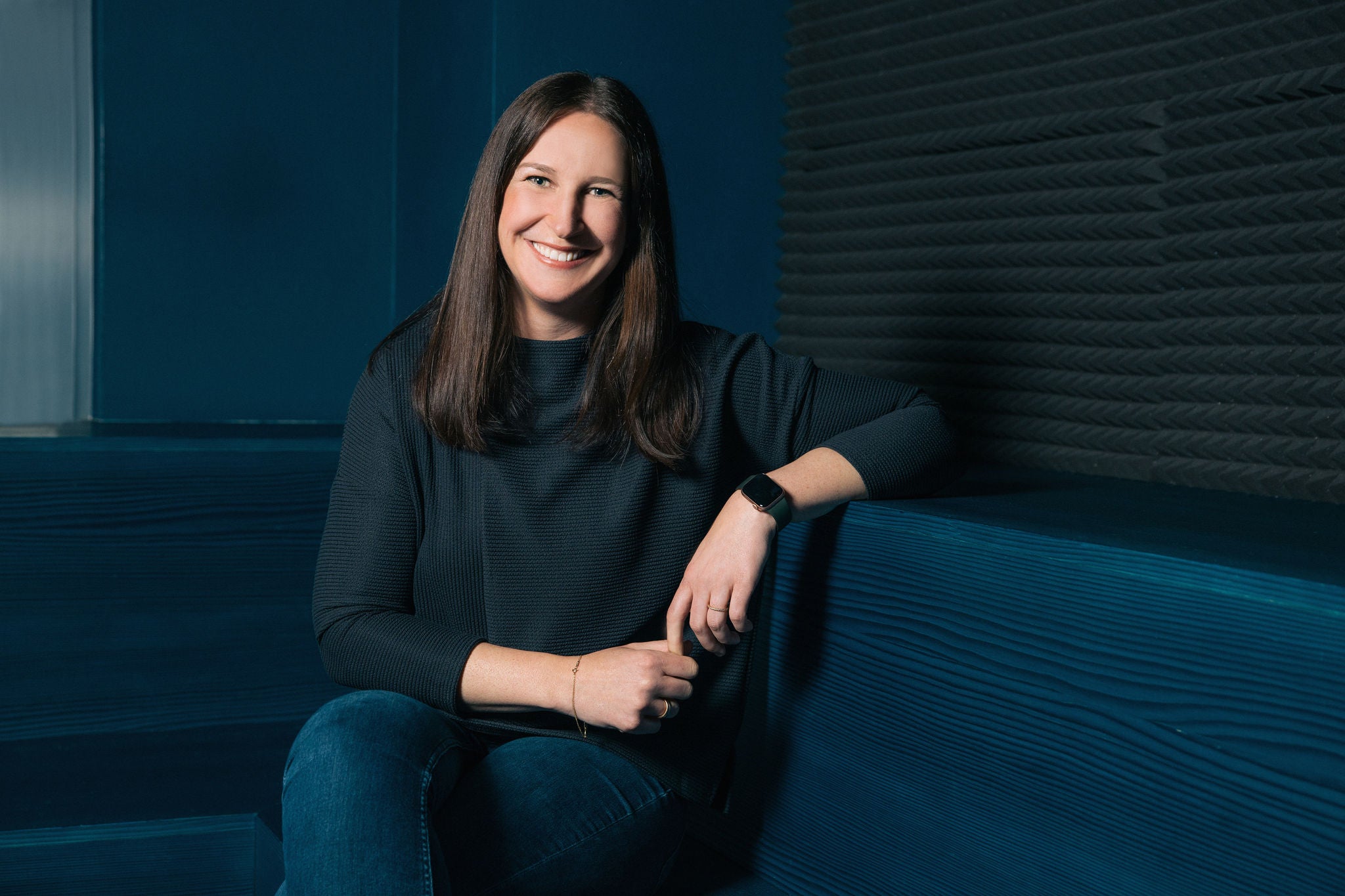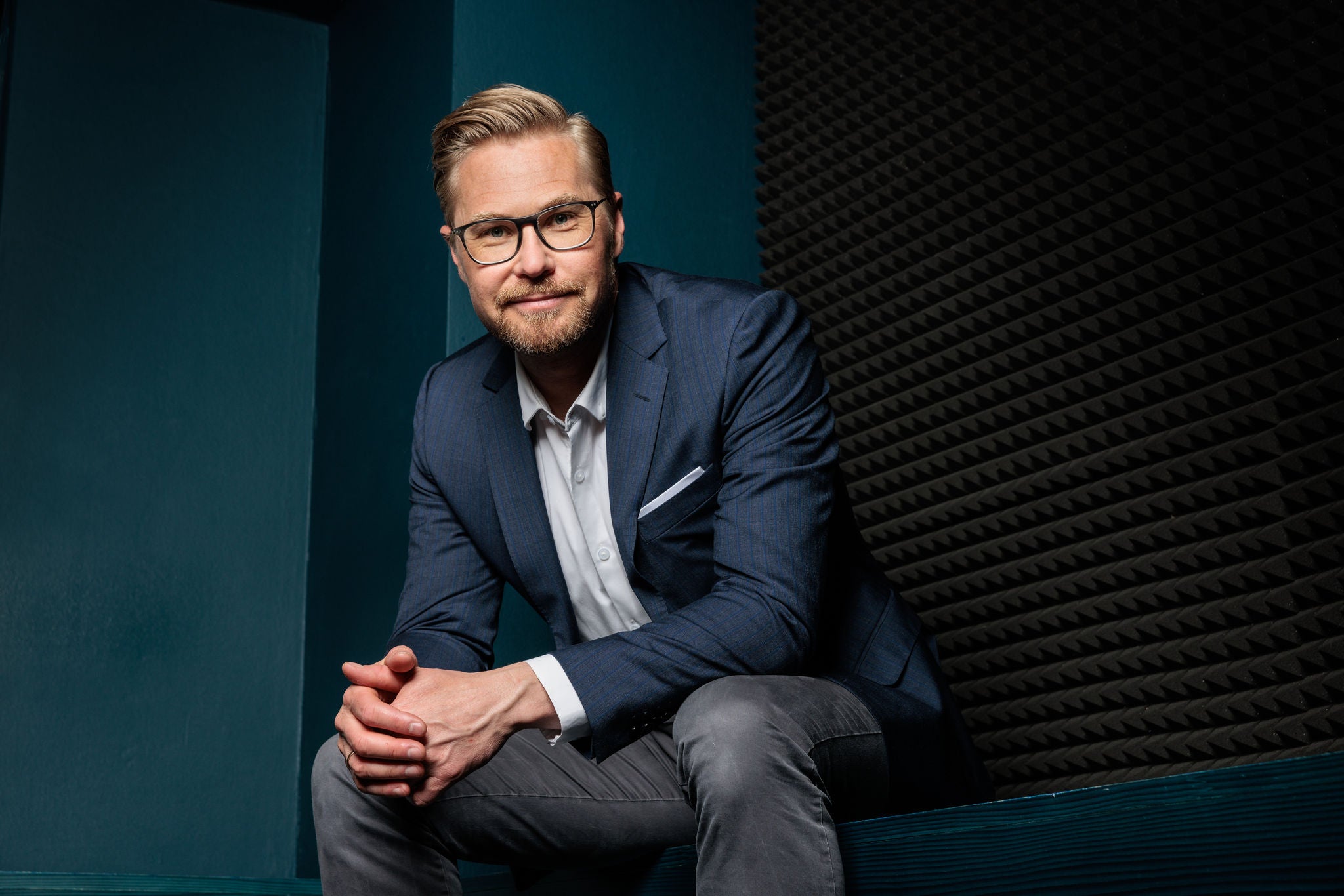"It’s not just about scale – it’s about speed, precision, and brand impact."
TWELVE Mail: Mediaplus operates in 25 locations worldwide. What are the biggest challenges in ensuring the international orientation of each location?
John Wittesaele: The biggest challenge is ensuring a consistent brand identity and way of working without falling into rigid structures. Every market has its own dynamics: cultural trends evolve at different speeds, consumer behaviors shift, and the pace of technology adoption – especially in areas like AI and creative tech – varies significantly. That’s why we follow an approach that is built on a strong shared foundation, but with plenty of room for local adaptation. We empower our local leadership teams to decide how best to combine media, creativity, and innovation to achieve maximum impact in their markets. This way, we remain globally aligned while staying locally highly relevant.
TWELVE Mail: How do you ensure that new tools, technologies, and innovations introduced in one location are quickly implemented across all markets?
John Wittesaele: We apply a clearly structured model: test – codify – scale. Innovations, particularly in the field of AI and automation, are first piloted in selected lead markets. This allows us to test what works in a controlled environment and identify necessary adjustments. These learnings are then translated into concrete toolkits and frameworks.
This ensures that we don’t just roll out a new tool, but provide a tested, practical set of processes and use cases. With central enablement and shared KPIs, we are able to scale these solutions quickly across all markets. Integrated platforms further help embed them into day-to-day operations.
TWELVE Mail: How do you plan to improve collaboration and knowledge sharing across the 25 international locations?
John Wittesaele: We’re no longer talking only about knowledge sharing, but about knowledge activation. Knowledge alone doesn’t drive progress, it’s about making sure it becomes part of daily work. Global capability teams, shared playbooks, and collaborative rituals – often supported by AI – turn innovation into everyday practice. In this way, creativity evolves into a system-level capability, firmly embedded across strategy, media, and technology.
TWELVE Mail: How do you intend to support employees worldwide in their development and foster talent?
John Wittesaele: Our focus is on keeping talent future-ready at all times. For us, this goes far beyond offering traditional training programs. We invest in international mobility, structured mentoring, and the development of skills to master emerging technologies – especially AI, data analytics, and automation. But just as important as skills is the development of a certain mindset. We want to empower our people to connect data, creativity, and agility – so that they don’t just react to change, but actively lead it. In doing so, we are building a truly global team of talent that drives innovation from within.
TWELVE Mail: What structures are necessary to efficiently manage international projects?
John Wittesaele: International projects are inherently complex, which makes a clear but flexible structure essential. We rely on modular processes, unified governance, and the integration of creativity. Our model is built on federated systems: local autonomy combined with central orchestration – enabled by AI tools, agile feedback loops, and clear accountability. This approach allows us not only to achieve scale, but also to deliver with speed, precision, and maximum brand impact.
5 Questions. 10 Seconds.
Interested in more content?
Back to Issue #20









